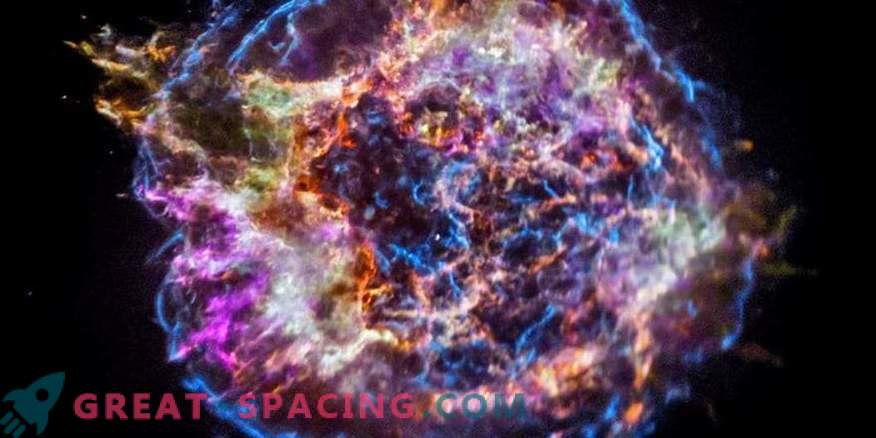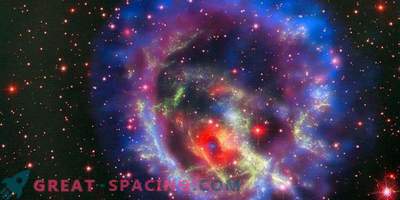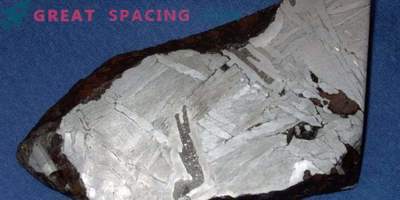
Where do the elements necessary for life come from? They explode into space after the death of some stars. Researchers have studied explosive stars and their “supernova remnants” a long time ago in order to understand the process of production and distribution of elements.
Because of its “evolutionary status,” Cassiopea A is one of the most studied supernova remnants. A new picture from the Chandra X-ray Observatory shows the location of various elements: silicon (red), sulfur (yellow), iron (purple) and calcium (green). Each of them produces x-rays in narrow energy ranges, allowing you to create specific maps. The blast wave is a blue outer ring.
Supernova remnants are important to study because they maintain high heat (millions of degrees) even thousands of years after the explosion. Therefore, many residues glow brightly at lengths of X-rays that are not noticeable for conventional telescopes.
Chandra allows scientists to collect detailed information about elements thrown into space by an explosion. Information shows that a particular supernova has created a huge number of key space components. In Cassiopia A, 10,000 earth masses of sulfur and about 20,000 earth masses of silicon were found.
Also in the review recorded hydrogen, carbon, nitrogen and phosphorus, noticeable when using other telescopes. In combination with the detection of oxygen, we know that we see the elements necessary to create DNA. Oxygen is the most common element in the human body (65%), calcium helps to form and maintain healthy bones and teeth, and iron is an important part of red blood cells transporting oxygen throughout the body. All the oxygen in our system comes from the explosion of massive stars. Approximately half of the calcium and 40% iron are also created by these explosions.
Many scientists believe that the stellar explosion that created Cassiopea A occurred in 1680. The original star was 16 times more massive than the Sun, but lost about 2/3 of its mass several hundred thousand years before the explosion.
During its lifetime, the star began to drain hydrogen and helium in the nucleus to form heavier elements (nucleosynthesis). The energy created by this balanced the star and the force of gravity. Reactions continued until the appearance of iron in the core, after which energy began to be consumed.
A dense core is formed inside, and then the outer layers, along with the elements, are thrown into space, where subsequent nuclear reactions take place with them.
Chandra observed Cassiopeia A. many times. A telescope was launched into space in 1999. Various tools helped to get a complete picture of the neutron star, the details of the explosion and the process of ejection of elements.











































